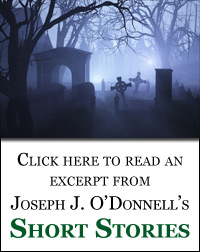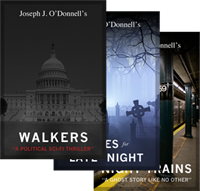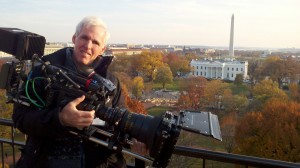 TAEM- One of the most important positions behind a good movie, or documentary, is the cinematographer. Scripts, storylines, and acting do not work well without the skills of the man behind the camera. He must be able to capture the subject matter on film to makes the production stand out.
TAEM- One of the most important positions behind a good movie, or documentary, is the cinematographer. Scripts, storylines, and acting do not work well without the skills of the man behind the camera. He must be able to capture the subject matter on film to makes the production stand out.
Many of the students of the Arts who follow our publication as a learning tool for their own career, must learn every aspect of a film production in order to learn its full potential. The Arts and Entertainment Magazine has chanced upon a well known cinematographer from our own region, Thomas Kaufman, and we would like to introduce him to all our readers.
Tom, I would like to make our readers aware of your many film credits and ask you about your techniques for your trade. First, though, I would like you to tell us about your educational background for your trade, and what inspired you to take up your craft.
TK- I owe it all to Charlie Chaplin. When I was four and visiting my grandparents, we went to an ice cream parlor and there was a nickelodeon there. Now, television I knew about, but this? I asked my father what it was, so he hoisted me up and dropped in a nickel and turned the crank – and there was Chaplin, from one of his early silent films. I was enchanted. At age ten I found a wind-up 8mm camera in our attic – my father had purchased it for home movies but had never used it much – and I started fooling around with it.
As a teenager I learned a lot about still photography and darkroom technique from my mother, who was graduated from the Eastman School. Then I applied and was accepted at the USC School of Film & Television, from which I received a BA and MFA.
 TAEM- Your first assignment was in 1982 in the television series called Timewatch. This was followed a few years later when you went behind the camera for three episodes of Eyes On the Prize. Tell us about these initial films and what they meant for your career.
TAEM- Your first assignment was in 1982 in the television series called Timewatch. This was followed a few years later when you went behind the camera for three episodes of Eyes On the Prize. Tell us about these initial films and what they meant for your career.
TK- Hate to contradict you, but my first job was for THAT’S INCREDIBLE, an early entry into reality television. We filmed a young man whose sweat glands were always pouring out water, to the point of acute embarrassment. When it came time for a close-up of his sweating pal, it of course was bone dry. So the producer found a bucket of water in which to dunk the hand just before I starting rolling. Hey, I said it was ‘reality’ TV, right?
EYES ON THE PRIZE was as far away from THAT’S INCREDIBLER as you can get. It’s what I love about the job, the diversity, and the amount I can learn from listening to fascinating people tell their stories.
TAEM- For the next several years you worked on three other productions , including three episodes of the television series, Horizons. Please tell us about these and your work with them.
TK- The BBC created HORIZON as a series of science documentaries. Years later, WGBH copied the format to create the NOVA series on PBS. I’ve shot episodes of both. Science filming is always fun, because I learn a lot and get to light and shoot some incredible experiments. One episode on malaria included filming at Walter Reed Hospital in DC, and getting macro shots of mosquitos sucking the blood from Army volunteers. Talk about giving to your country! Right after the shoot I bought some DEET.
TAEM- Tell us about your responsibilities and what was required of you to put their filming together.
TK- As the director of photography, I’m in charge of the lighting, camera placement, lens selection, and often the staging of the people in the scene. Of course, my autonomy goes only as far as the director wants. A new director may ask me to do more than, say, Charles Guggenheim, with whom I sometimes felt I was nothing more than the finger on the ‘run’ button. But then again, he was an enormously experienced director. I learned a lot from him.
TAEM- You also worked on an episode of Raging Planet during this time, which is a well known television documentary. In the same period you filmed another documentary The Life and Times of Hank Greenburg. Tell us the techniques that you used to make these a success.
TK- Well, the success or failure of a film isn’t dependent of the cinematography, although great images always help. Often I hear people leave a theater after a mediocre movies and, looking for something they liked, praise the images. But a film isn’t about only images. All good films tell a story, whether you’re making a documentary, a fiction film, or a thirty second ad. The success or failure depends on the story. A good DP will do whatever s/he can to help the director tell the story.
 TAEM- Following this you filmed a number of well known documentaries including Why the Towers Fell, The New Detectives, The F.B.I. Files, and Fahrenheit 9/11 among them. Your work is highly regarded in its field. How were you chosen for these productions ?
TAEM- Following this you filmed a number of well known documentaries including Why the Towers Fell, The New Detectives, The F.B.I. Files, and Fahrenheit 9/11 among them. Your work is highly regarded in its field. How were you chosen for these productions ?
TK- I’ve never advertised, so I think it has to do with repeat business and word-of-mouth. I get a fair amount of work from referrals. I should add that THE NEW DETECTIVES was a series I was directing as well as shooting, and it put me in touch with police all over the US. This experience certainly informed my writing detective novels like DRINK THE TEA.
TAEM- Your expertise and skills continued to gain recognition and you were called on to work for quite a number of landmark documentaries for such names as Nova Science Now, Hitler’s Hidden Holocaust, and Conspiracy Theories with Jesse Ventura. You also worked your ‘magic’ on such productions as Putin, Russia and the West and eight episodes of the popular television series of Nova. I am truly humbled by the great works that you have accomplished.
You also just finished another documentary involving the American tragedy that befell our country on 9/11. Can you tell us something about it and the work that you performed on it ?
TK- This film was directed by Erik Nelson, with whom I’d worked before. The problem with telling any 9/11 story is that we’ve heard so much already. Erik’s idea of concentrating on what was happening in New York the day before not only tells a compelling story, but gave me a sense of suspense for what was coming, even though I already knew the outcome. Erik never lost sight of the unusual, as demonstrated by the opening of the show, which you can see here: http://bit.ly/1ueTBlq
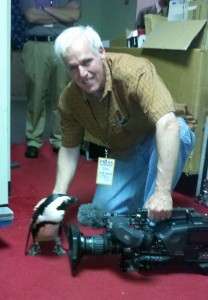 TAEM- Tom, I think that our readers will be truly impressed with the work that you have done. What advice would you give all those students, and aspiring cinematographers, that read our magazine to help them towards their desired careers ?
TAEM- Tom, I think that our readers will be truly impressed with the work that you have done. What advice would you give all those students, and aspiring cinematographers, that read our magazine to help them towards their desired careers ?
TK- Reading about cinematography is certainly helpful, as are taking classes from professors who know their stuff. But nothing replaces field experience. I have a graduate degree in film from USC, but I learned so much more once I graduated and started working in the business. So I’d say, try to get on a set in whatever capacity you can, it’ll give you a feel for the business and then you can decide if you like it. Also, shooting is now completely democratized. I cannot imagine what my reaction would’ve been in, say, 1970, if someone showed me a small device (like a smartphone) that could video color images with synch sound! So use whatever tools you can and try to make a film that tells a story.
TAEM- Tom, I want to thank you for your time with our interview and I hope that you will keep us up to date with all your future projects and accomplishments.
TAEM
TK- It’s my pleasure, thanks for asking.
Please share the story on Facebook, or donate to support our efforts!









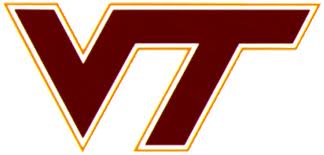







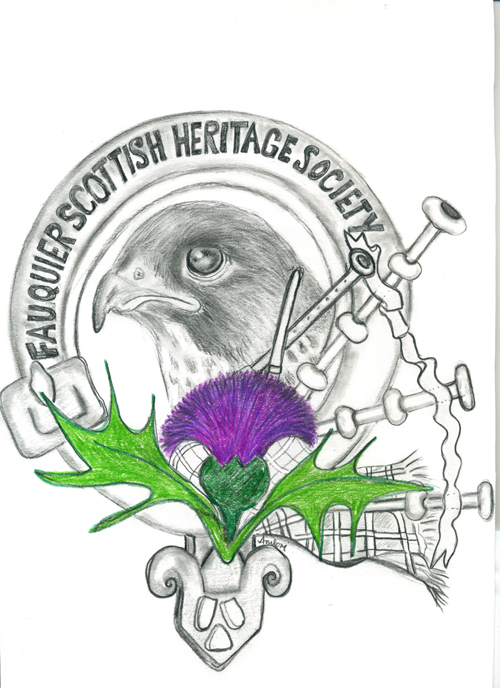
.jpg)


















